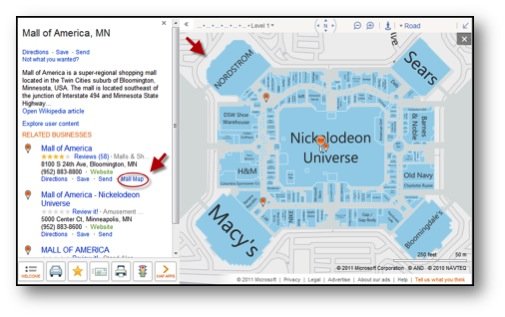With the rollout of Hotpot and user ratings, Google appears to have made massive internal changes to their review process. Reviews with Google have always been flakey but now they are even more so with half baked changes that make providing reviews on Google Places more friction laden then ever.
I think this screen, shown when you click in Places to see the reviews provided by an anonymous “Google User”, says it all:

Apparently, Google is attempting to make anonymous review histories available for perusal but there have been serious flaws in the process that have not been fixed for well over a month. The error message above has been visible for over 3 weeks but even worse is that reviews from new anonymous reviewers are often not posting at all onto Places leaving reviewers and businesses confused.
In early November, Google removed the user names from reviews of reviewers that did not have public profiles. Apparently this was in preparation for the change over to anonymously showing those reviews. Google noted in mid November that “If you don’t have a public Google profile, your existing ratings & reviews will be attributed anonymously, e.g. to “A Google User””.

But this changeover has never been completed. About 3 weeks ago, anonymous reviews started showing a link titled “A Google User” but when clicked it led to the 500 error page and has done so ever since. I suppose not very many people witness this inexcusable web error that deep into Places but worse is that Google has often not been posting anonymous reviews from new users at all since early November. They seem to have dropped into a black hole, one presumes to return once Google has fixed these problems with the handling of anonymous reviews. But once again creating more confusion and friction in the review process.
Some reviews have been pulled because of quality issues and that is a good thing. Some reviews have been lost just because (my listing lost 28 or so reviews in early summer) and this has always been the case, but adding insult to injury by having such a crudely finished product is inexcusable. Misplacing, loosing and randomly not showing reviews from anonymous, new reviewers is even worse.
Google Places wants the SMBs of the world to be transparent and have all information about them visible to the world (often with no recourse when it is wrong) but they apparently seem incapable of the same standards of transparency when handling that data. Its time for Google to get their local Review act together.


